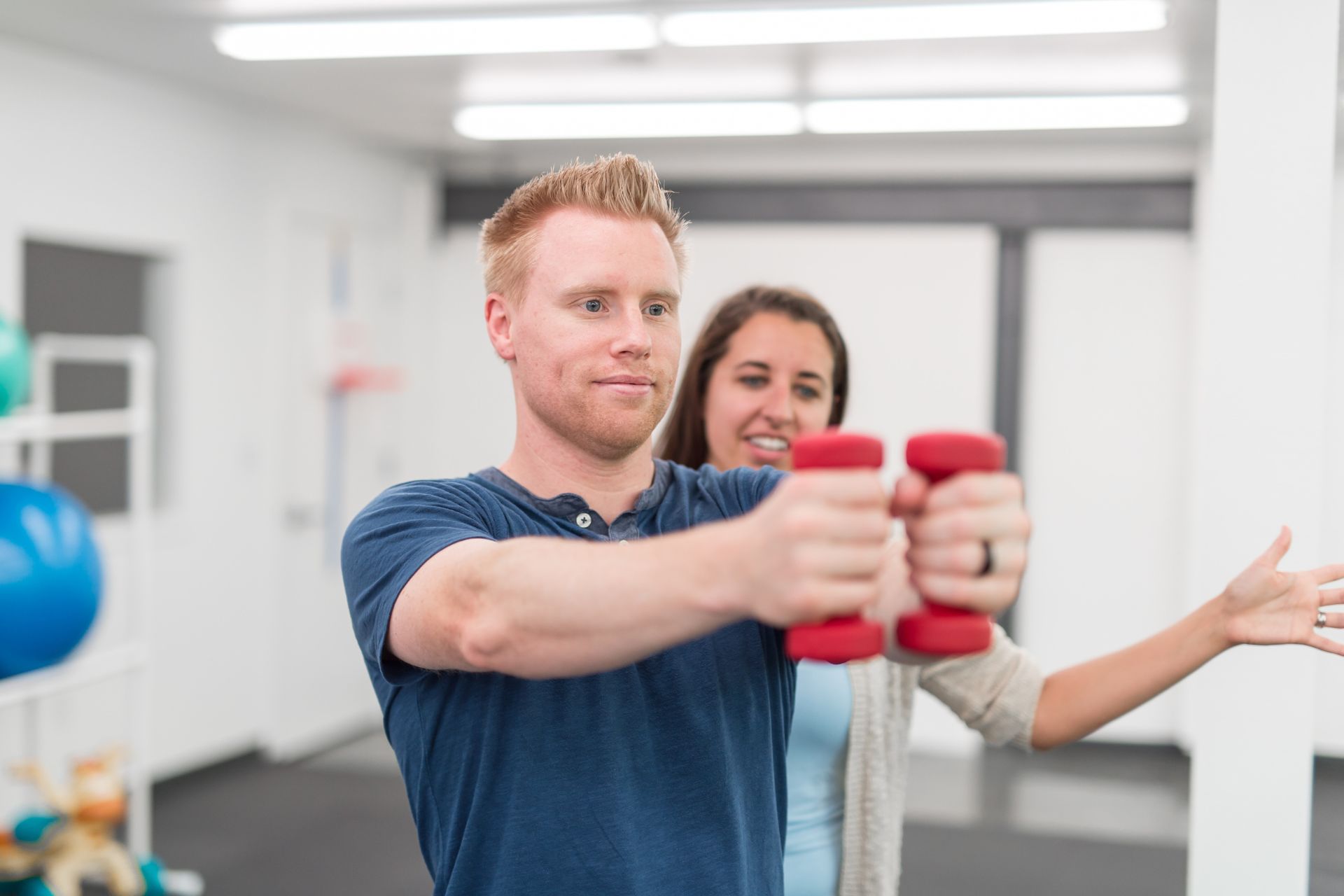Frequently Asked Questions
Quadriceps strengthening exercises, such as straight leg raises and seated leg extensions, are highly effective for reducing arthritis pain in the knees by enhancing muscle support around the joint. Hamstring stretches and calf stretches improve flexibility and reduce stiffness, while low-impact aerobic exercises like cycling and swimming promote joint mobility without excessive stress. Balance exercises, such as single-leg stands, enhance proprioception and stability, reducing the risk of falls. Incorporating resistance band exercises can further strengthen the knee's supporting muscles. Additionally, tai chi and yoga can improve overall joint function and reduce pain through gentle movements and increased range of motion. Regular engagement in these targeted physical therapy exercises can significantly alleviate knee arthritis symptoms and improve quality of life.
Aquatic therapy offers significant benefits for individuals with arthritis compared to traditional physical therapy by utilizing the buoyancy, resistance, and hydrostatic pressure of water to enhance joint mobility and reduce pain. The buoyancy in a pool environment decreases the gravitational load on joints, allowing for increased range of motion and reduced stress on inflamed areas, which is particularly beneficial for those with osteoarthritis or rheumatoid arthritis. The resistance provided by water aids in muscle strengthening without the need for weights, promoting improved muscle tone and endurance. Additionally, the hydrostatic pressure of water can help decrease swelling and improve circulation, leading to reduced joint stiffness and enhanced flexibility. The warm temperature of therapeutic pools further aids in muscle relaxation and pain relief, making aquatic therapy a comprehensive approach to managing arthritis symptoms while minimizing the risk of injury often associated with land-based exercises.
Physical therapy can significantly delay the need for joint replacement surgery in arthritis patients by enhancing joint function, reducing pain, and improving overall mobility. Through targeted exercises, physical therapists focus on strengthening the muscles surrounding the affected joint, which can alleviate stress on the joint itself and improve stability. Techniques such as manual therapy, hydrotherapy, and proprioceptive training are employed to increase range of motion and decrease inflammation. Additionally, physical therapy incorporates gait training and balance exercises to prevent falls and further joint damage. By utilizing modalities like ultrasound and electrical stimulation, therapists can also reduce pain and swelling, thereby enhancing the patient's quality of life. This comprehensive approach not only delays the progression of osteoarthritis and rheumatoid arthritis but also postpones the necessity for invasive procedures like total knee arthroplasty or hip replacement surgery.
Manual therapy plays a significant role in enhancing joint mobility for arthritis sufferers by employing techniques such as joint mobilization, soft tissue manipulation, and myofascial release to alleviate stiffness and improve range of motion. These therapeutic interventions target synovial joints, aiming to reduce inflammation and enhance synovial fluid circulation, which is crucial for joint lubrication and cartilage health. By addressing muscle tension and adhesions, manual therapy can decrease pain and improve functional movement patterns, thereby facilitating better proprioception and neuromuscular control. Additionally, manual therapy can complement other interventions like physical therapy exercises and pharmacological treatments, providing a holistic approach to managing symptoms associated with osteoarthritis and rheumatoid arthritis. Through the application of specific pressure and movement, manual therapy can also stimulate mechanoreceptors, which may contribute to pain modulation and improved joint function.
The frequency of physical therapy sessions for someone with arthritis can vary based on the severity of the condition, individual goals, and the specific type of arthritis, such as osteoarthritis or rheumatoid arthritis. Generally, attending physical therapy two to three times per week is recommended for optimal results, allowing for consistent progress in improving joint mobility, reducing pain, and enhancing overall function. During these sessions, a licensed physical therapist may employ a range of techniques, including manual therapy, therapeutic exercises, and modalities like ultrasound or electrical stimulation, to address inflammation and stiffness. Additionally, the therapist may provide a personalized home exercise program to complement in-clinic treatments, ensuring continuity of care and promoting long-term joint health. Regular reassessment of the treatment plan is crucial to adapt to changes in the patient's condition and to maximize therapeutic outcomes.

